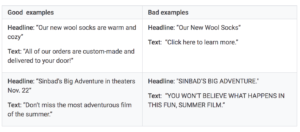Tips on How to Be Productive While Working from Home
As a result of the Coronavirus outbreak, many companies are transitioning to working remote. While working from home is a dream for many, there are many challenges that can come with it. We don’t know how long this situation will last, so it’s important to learn how to be as productive as possible while working from home.
If you’re new to the WFH life, here are some tips on how to do it successfully.
Create a schedule.
Working from home presents a different set of challenges than working in an office. It’s much easier to get distracted and feel restless with having nowhere to go. Establishing a routine that replicates a normal work day, and sticking to it, can be very beneficial. Set goals for the day. What tasks do you need to complete? What needs to get started? It’s also helpful to set aside specific hours for answering emails, making calls, taking lunch, coffee breaks etc. When you have a full to-do list and stay productive, it will make the day go by much faster. The next thing you know it’s 5pm and the work day is over.
Have a designated workspace.
If you don’t have a home office already, try as much as possible to create a separated and designated workspace. When it comes to working at home, you want to create a boundary between work and leisure. You don’t want to turn your bed or couch into the office. It could be as simple as moving a nightstand and upright chair to the corner of a room. This can also help to create boundaries with others in your home. Whether it be roommates, partners, or children, having a designated workspace signals to others you’re ‘at work.’ This all helps you to stay concentrated and productive.
Communicate, communicate, communicate.
Whether temporary or permanent, the keys to successfully working from home is clear communication with your boss and colleagues, and being aware of what’s expected from you. When you’re used to being in close proximity with your manager, communication is effortless. If you’re new to working remotely, this is now very different. Your boss might not be used to managing people virtually, so you need to find ways to break down that new communication barrier. Suggest starting the day with a phone call just so everyone is on the same page and knows what their expectations are. This doesn’t just have to be with your supervisor, either. If you’re working closely with another colleague on something make sure you both consistently communicate with one another. Whether this be done via email, phone call, or video chat, it’s important to stay in contact.
Beware of feeling isolated.
Loneliness can be a huge and serious issue, especially when you’re so used to talking face-to-face with a number of people a day. With the current situation, we don’t know how long companies will have to stay remote, which presents many additional problems. Usually remote workers still have the opportunity to go to public places or attend social events. Restaurants, cafes, bars etc. are open, which allows those remote workers to still have face-to-face interactions. With the COVID-19 outbreak, these opportunities aren’t there. Prolonged isolation could potentially start to impact morale and productivity. Those remote worker experts suggest trying to sustain a semblance of normalcy in unconventional ways. Consider having a virtual happy hour or dinner party. It can help everyone feel that they’re in this together and lift spirits during this difficult time.
Take breaks.
When you live where you work, it’s important to get out of your workspace at times during the day. You might feel pressured to overextend yourself to prove to your team you’re actually working, it’s critical to carve out break time. You’re going to get quickly burnt out if all you do is pace back and forth from the kitchen to the living room.
Final Thoughts
Initially, working from home can be challenging, but during this time, it’s in everyone’s best interest. Until the outbreak is under control, the benefits of working from home, outweigh the inconveniences. Remember to cut yourself some slack during this time. It’s inevitable to get distracted and off-task every once in a while. There is a lot going on and new information to take in everyday. While it is difficult, try to stay positive. We’re all in this together.
More from Onimod Global
To catch up on the latest digital marketing news and trends, click here. To find out more about who we are and what we do, click here.


